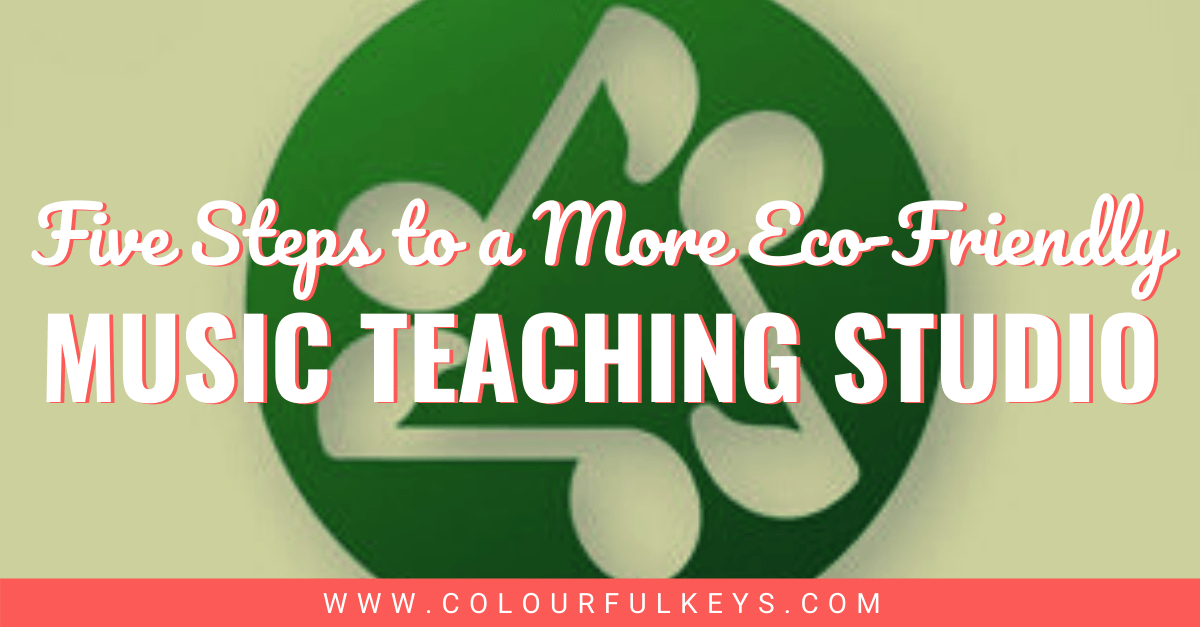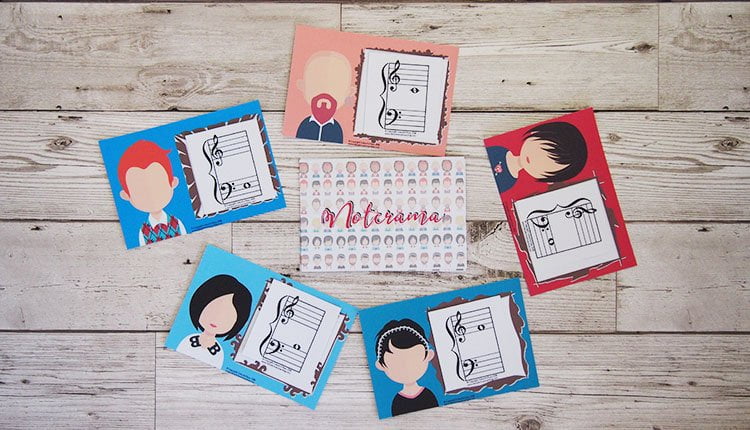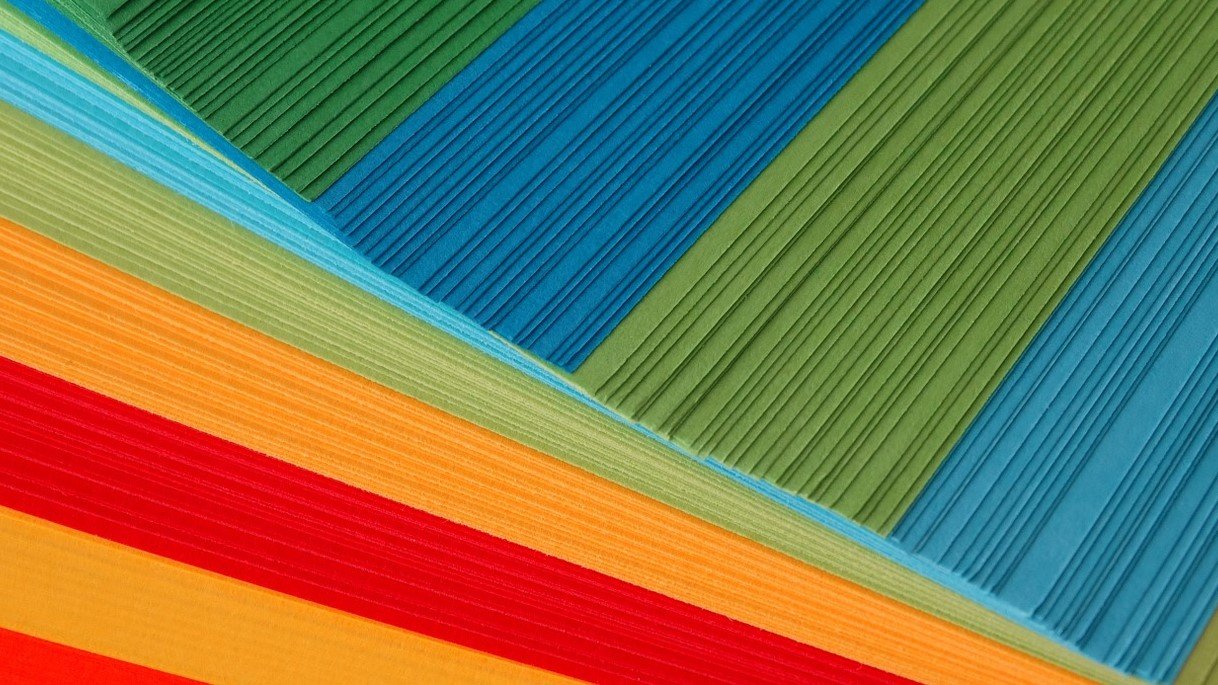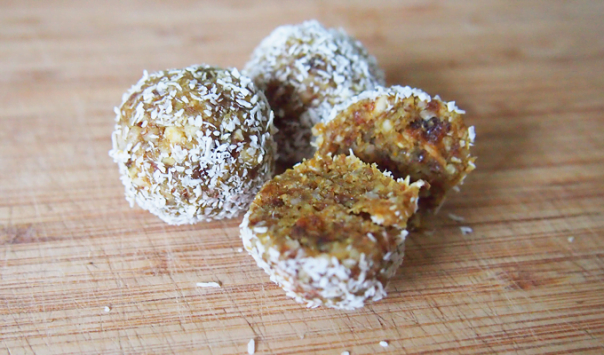Have you thought about making your music teaching studio as eco-friendly as possible? Since we’re in the business of teaching the next generation — the ones who will bear the burden of the choices we make now — I think it’s only right that we do everything we can now to reduce our waste and harmful impact in the process.

There are of course many environmentally-friendly changes, small and big, that we can each make. I’m not going to talk about the big ones here like going vegan or boycotting fast fashion stores.
Instead, I want to share 5 little adjustments you could make towards a more eco-friendly teaching studio which can reduce your carbon footprint.
Change 1: Reduce the Lamination
Ack! Lamination is so beautiful and it stops little jammy fingers from ruining our games!
I know, I know. But we really don’t need it for everything, if we’re honest.
In case you’re not already aware, laminated paper is not recyclable. As people often cite, it takes 500 years to biodegrade (turns out it might actually double that). 😨
Since starting Vibrant Music Teaching I have actually stopped laminating the vast majority of my resources. I only laminate flashcards (because they really do get handled an awful lot) and particular games that need durability like the “-erama” series.

Now, before you think I’m all holier-than-thou, I didn’t initially stop laminating so that I could save the world. I stopped laminating because I have to photograph every game and lamination doesn’t play nicely in photos. Then because I already had the games assembled, I let students use them without lamination.
And they didn’t get ruined.
Sure, some cards get bent and there’s the occasional scuff mark. But for the most part, students are very respectful of the games if you ask them to be. (After all, they love the games and want them to stay in use even more than we do!)
Action step: Think twice before you laminate and ask yourself: Is it really necessary?
Change 2: Reuse Paper
Assignment Sheets
Another change I’ve made more recently is to start taking back old assignment sheets from students’ folders and printing new assignment sheets on the back. This means that every sheet gets used twice instead of once before it goes in the recycling.
Paper isn’t the worst culprit for emissions and waste, for sure, but it’s not angelic either. I’ve heard estimates that a single sheet of paper takes 20 litres (more than 5 gallons) of water to produce, not to mention the trees.
Action step: Always find a way to use both sides of paper before recycling, and buy recycled paper if you can.
What about going paperless?
Some of you are screaming at the screen or rolling your eyes right now so let me address the elephant in the room. I should go paperless, right? Use an app instead of pages for assignments?

I have considered it, trust me. But for the parents in my studio, the concerns about screen time out-weigh the environmental benefits here. Plus, most primary school students (thankfully) don’t seem to have their own device in my community. They often share an iPad with a sibling or a parent and I don’t want to put barriers in the way of them practising – I work hard enough as it is to get them to practise!
Change 3: Refill Ink Cartridges
Paper isn’t the only waste created by printing. Many printers burn through cartridges of ink faster than you can blink, and that plastic gets thrown away.
I’m lucky. Here in Ireland, we have a wonderful company called Cartridge Green who I pay an annual fee for them to refill my ink cartridges as many times as I like.
If you do some research you may find a similar program, or at least an ink refill shop, near you.
If you can’t find one and you’re in the market for a new printer, at least consider the ink cartridges and how long each one lasts. Some brands (especially the cheapest printers) have very stingy cartridges that cannot be refilled. I know Cartridge Green only uses Brother printers for exactly this reason.
Action step: Find out if you can get your ink cartridges refilled and compare carefully when buying a new printer.
Change 4: Make Your Own Snacks
We all need a little energy booster on long teaching days. You probably already have a go-to snack to provide a little pick-me-up.
Let me ask you a question about that snack: Does it come in a little plastic wrapper?
If not, you can toddle on ahead to change no. 5. But if it does, let’s consider replacing it with something homemade, packaging-free and (probably) healthier.

Making your own snacks doesn’t have to take long either. Some of these snack recipes take literally about 10 minutes in total to make.
Action step: Test some recipes and make a plan to keep homemade snacks on hand.
Change 5: Add Plants
This is one I’m resolving to remedy soon in my studio.
I take pretty good care of my garden and grow my own fruits and vegetables. But I have never been good at taking care of houseplants.

However, I love an indoor space with greenery. It has a calming effect, keeps the air fresh and every little helps to tip the scales and redress the balance between the human and plant worlds.
You might be ahead of me on this one but if you’re not, let’s resolve to add some green things to our eco-friendly teaching studios.
Action step: Add at least 3 plants to your teaching space and take good care of them.
If this sort of thing interests you, my centralized page devoted to running a studio business has even more tips on organising your music teaching studio.
What else can we do to achieve a more environmentally-friendly teaching space?
Let’s not stop here! In the comments below, share your ideas for creating a more eco-friendly teaching studio. ♻

These are good comments. Most of the games I use fit in a sleeve because I cannot afford to laminate things. I even recycle left over recital programs to put hand outs on to save paper. I gave up printing fancy lesson plan papers after the first two months with a new student because of expense. Instead I use the left over pages in my children’s school note books instead of throwing them out. I will even purchase used notebooks with spare paper as well as used bindes for students to use. For me it has been about being frugal, but it helps.
Because I’m an older teacher, I still use older methods
I use a notebook for their lessons, letting them know what’s been done in lesson and what has to be learnt for following week. using both sides of the page obviously.
I don’t have a laminator, thought about it at one point but changed my mind.
I teach in my home so have plants there
What about an electronic recital program? I haven’t tried it but it would cut down on paper.
We did this for an elementary school program. Disaster. Everyone had their heads buried in their phones. They’d come up to take pics of their kids, then back to their device. I highly recommend NOT doing this.
Yeah, what Joy mentioned would be what I’d worry about. I’m already trying to get them out of their phones by reassuring them that we’ll do the recordings and they don’t have to! You could have a big screen up the top maybe?
What are some of your fav low maintenance indoor plants? I kill almost every indoor plant I own ♀️
Philodendron grows pretty readily. Just don’t overwater.
Thanks for the tip Lynn!
Ivy, Spider plant, Penny plant, Christmas or Easter Cactus, any plant
Excellent article, Nicola!! Thank you so much for this!
Thanks Louise!
Excellent! I have been thinking along the same lines.
Thanks Janine! Good to hear we’re on the same wave-length. 🙂
As always Nicola….you plod the slow brains into action!!!
Haha, thank you Robyn! 😀
Great article Nicola!
I also like to use little whiteboards to draw/explain concepts, rather than drawing once on paper and then throwing it out.
Using games to explain theory is great too as you can reuse it many times, a worksheet that explains the same concept can only be used once!
Your article got me thinking today about other ways to be a little eco-friendlier and I came up with the idea of creating a book-swap shelf in my studio so that students can exchange old repertoire they don’t play anymore for something new without buying more books. I’ll kickstart the collection with some of my old piano books.
The whiteboard tip is a great one Marita! That’s already something I do but hoping you’ll inspire others to make that switch. 🙂
To green this idea up a bit more, I recently came across refillable whiteboard pens. I think google that to find some.
I encourage my students to hang onto all their old music and play through it occasionally. It breaks my heart when a child says his mother threw an old book away or took it to the thrift store. I think it is important to go back and revisit old pieces for several reasons.
First, it is great fun to ferret out old favorite pieces. Sure, no one likes every song In every book, but there are always some winners in every collection.
Second, it is a way to get a sense of perspective, to see how far you have come along on your musical journey. I get a kick out of hearing someone say, “I used to think that was so hard to play!” “Wow, I forgot about this one! It used to be my favorite!”
Last, a lot of hard work got put into learning each level of repertoire. These books represent a lot of time and effort. Someone who draws doesn’t throw out their drawings just because they are using a new sketchbook or a new set of paints.
Great idea, a white board
Wow, I just got my toes stepped on! I have gone crazy printing and laminating games! I am a paper person, but this article has been great to make me think about putting on the brakes and evaluating each item I print or laminate. It will be difficult, but it will also save me a lot of money! Thanks!
It definitely IS difficult Leabeth – I love pretty printed things too! But it’s important, so it’s worth it.
I use the assignment books for the series, fjh, alfred, etc. To be eco-friendly & cost efficient, I use each page more than once. It’s quick to fill in the blanks, check practice times, notes from parents. Most of the books end up lasting 2-3 years. So not bad for a $5-$7 assignment book. The cost goes to the parents, so I truly do my best to re-use the pages.
Whiteboards are an essential part of my studio, too. I love the idea about the refillable whiteboard pens! I purchase studio licences from a couple of music websites and print out copies of music or games as I need them. But sometimes that leads to printing several copies for the same student, when they forget it or lose their copy. I think I need to review how I distribute them, so the student sees those copied pieces and assignments as legitimate music and not a disposable copy. Any ideas?
Thank you so much, Nicola, for addressing this issue! I’m sure it took courage to do so. I value any reminder or tip on how I can be more mindful of my impact on the world, the people I work with and the students I teach. Thank you for all you do!
I’ve started printing on card to reduce the amount of laminating I need to do. It does almost the same job!